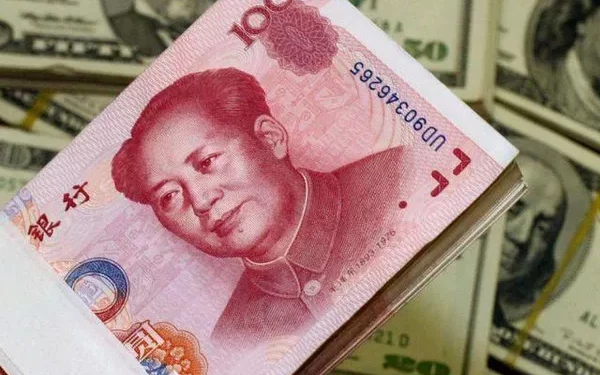The 50 yuan note, a familiar sight in everyday transactions across China, holds a story that intertwines with the nation’s economic development and evolving monetary policy. Understanding its issuance and subsequent iterations provides valuable insights into China’s financial landscape.
When was 50 yuan issued?
The answer requires differentiating between the various series of the 50 yuan note issued throughout history:
First Series (1948-1955): Introduced during the early days of the People’s Republic of China, this series featured revolutionary imagery and was denominated in “yuan” instead of the later “renminbi.” Due to hyperinflation and subsequent currency reforms, this series was eventually demonetized.
Second Series (1955-1962): This series marked the transition to the “renminbi” denomination and showcased themes of industrial and agricultural progress. However, its circulation was short-lived due to the economic challenges of the Great Leap Forward.
Third Series (1962-1987): This series, featuring iconic images like the Great Wall and the Yellow River, enjoyed a longer lifespan and witnessed significant economic reforms in China. Notably, the 50 yuan note from this series was the highest denomination available at the time.
Fourth Series (1987-2005): This series introduced advanced anti-counterfeiting measures and depicted notable figures from China’s ethnic minorities. The 50 yuan note from this series remained the highest denomination until the introduction of the 100 yuan note in 1999.
See Also:Can I Buy Yuan at the Bank?
Fifth Series (2005-present): This current series features a portrait of Chairman Mao Zedong and incorporates advanced security features. The 50 yuan note remains a crucial part of China’s monetary system, facilitating daily transactions and reflecting the nation’s economic strength.
Beyond the Dates: Significance and Impact
The issuance of the 50 yuan note goes beyond mere historical dates. It reflects the changing economic landscape of China:
Indicator of Economic Growth: The introduction and increasing circulation of higher denominations like the 50 yuan note point towards a growing economy and rising living standards. It signifies greater purchasing power and facilitates larger transactions.
Evolution of Monetary Policy: The design and security features of the 50 yuan note across different series showcase the People’s Bank of China‘s evolving strategies to combat counterfeiting and maintain financial stability.
Symbol of National Identity: The imagery and figures depicted on the 50 yuan note often represent significant cultural and historical aspects of China, serving as a symbol of national identity and pride.
Looking Forward: The Future of the 50 Yuan Note
As China continues its economic development and embraces technological advancements, the future of the 50 yuan note remains dynamic:
Digital Currency: The rise of digital payment systems and the potential introduction of a central bank digital currency may impact the usage and circulation of physical cash, including the 50 yuan note.
Evolving Security Features: To stay ahead of counterfeiters, future iterations of the 50 yuan note will likely incorporate even more sophisticated security features.
Changing Designs: The design of the 50 yuan note may evolve to reflect contemporary themes and national priorities, while still retaining its cultural and historical significance.
In conclusion, the 50 yuan note is more than just a piece of currency. It serves as a tangible representation of China’s economic journey, evolving monetary policy, and national identity. Understanding its history and potential future trajectory provides valuable insights into the country’s financial landscape and its ongoing development.
Related Topics:
Where is the Yuan Money From?
What Is the Value of Old Chinese Paper Money?
Historical Significance of the Central Bank of China One Yuan 1936


























